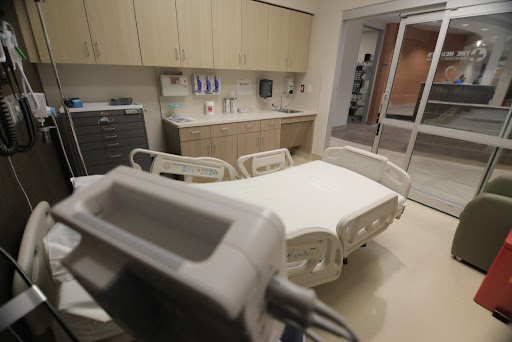Emergency Room is also known as Non-Urgent Care or Minor Emergency. Which would you prefer if you had chest pain or difficulty breathing? What if your child has asthma or your sibling has been bitten by a dog? Choosing the right health care institution is decisive to receive the finest available care in a timely way, and it could even save your or a loved one’s life. Here are a few easy guidelines to help you make the best decision possible:
Emergencies involve Breathing difficulties, chest aches, or severe bleeding.
1st tip Go to the emergency room if you are experiencing chest pain, trouble breathing, or severe bleeding. The period in which patients are seen is one of the key differences between an emergency room and a minor emergency clinic. All patients in the ER go through a triage system that goes like this: When you walk into the ER, you’re greeted by trained triage professionals, who are usually a nurse, EMT, or paramedic. They record your identity, the circumstances surrounding your current emergency, and your vital signs.

When you don’t think you’ll need any more medical attention.
Only go to an emergency if you don’t expect to need any additional medical care after seeing the doctor. CT scans, MRIs, breathing treatments, surgery, or even CPR are other medical therapy. You will be seen in the order in which you come to a minor emergency clinic. There is no triage system in place, and the individuals who check you in aren’t doctors. They won’t know what defines a true emergency because they lack medical training. Their role is to get you signed in and fill out the necessary papers for your insurance.
If you’re unsure whether to go to the ER or a minor clinic, go to the ER.
If you’re unsure whether to go to a minor emergency clinic or the ER, call your primary care doctor or, if you don’t have one, call the ER immediately and ask to speak to a triage nurse. The nurse will be able to assist you in making the best decision. Emergency rooms are intended to be used only in the event of an emergency.
Conclusion
In conclusion, you should go to the Emergency Room if you are experiencing life-threatening symptoms such as chest discomfort, breathing problems, head injuries, or major bleed. If you have a sore throat, cough, minor laceration, twisted ankle, or earache, go to a Walk-In Clinic. If you’re unsure, consult your physician. Choosing the right healthcare environment could save your or a loved one’s life.

